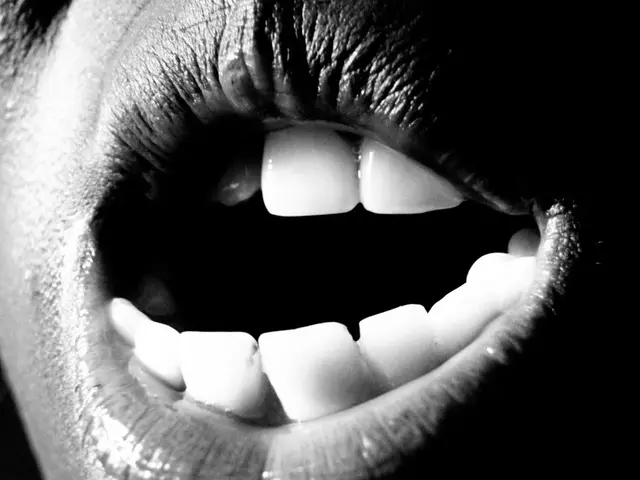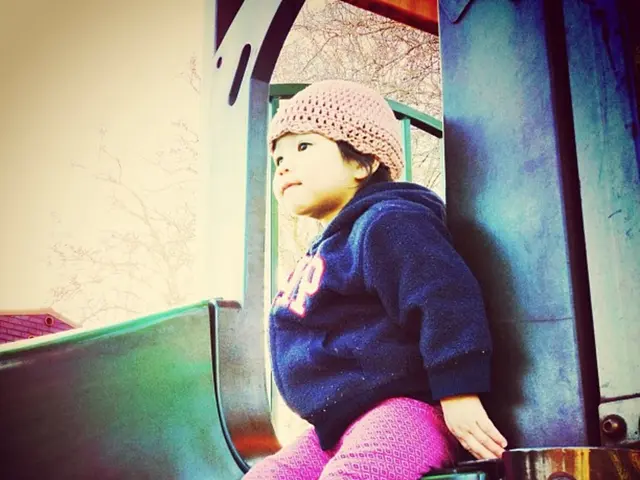Developmental Milestones for a Four-Month-Old Infant
Four months mark a significant milestone in a baby's development. During this period, infants exhibit progress in cognitive, physical, sleep, and social-emotional domains.
Cognitive Milestones
At four months, babies show increased curiosity about their surroundings. They reach for and grasp objects, often bringing them to their mouths to explore (mouthing is a form of exploration). Their visual tracking improves, allowing them to focus on toys, faces, and sounds. They also begin cooing and babbling, mimicking voices, laying the foundations for future speech.
Physical Milestones
Gross motor skills progress during this stage. Babies hold their heads steady without support, push up on their forearms during tummy time, lift their chests, and start rolling over, typically from tummy to back first. Fine motor skills also develop, with babies reaching out and grasping objects with increasing control, opening and closing hands intentionally, and bringing hands to their mouths. Some babies may even begin sitting with support.
Sleep Milestones
Four months bring changes in sleep patterns, often referred to as the "4-month sleep regression." This phase is characterised by disrupted sleep due to brain development and changes in sleep cycles. Despite these challenges, sleep remains crucial for neural development and physical growth. Establishing sleep routines and self-settling skills may start becoming effective around this age with parental guidance.
Social and Emotional Milestones
Social smiles become more frequent, indicating early reciprocal communication and emotional engagement. Babies respond to voices and faces, enjoy interactive play such as making faces in mirrors, and show early signs of social interaction.
Other Milestones
Four-month-old babies can follow nearby objects with their eyes, react and respond spontaneously to different situations, and display signs of sadness through facial expressions. They can also recognise different sounds and words, reach and grasp objects with both hands (bidextrous), and cry with different tones to express various emotions.
Babies at this age can sit with support, head steady and tipped forward, watch new faces and objects closely, and improve their memory by remembering favourite toys, people, moments, and objects. They are interested in meeting other children and respond well to social interaction.
Self-soothing behaviours, such as sucking on their thumb, may also emerge. Four-month-old babies sleep 12 to 14 hours a day on average, with 2-3 naps a day and an established sleep schedule.
It's important to note that while these milestones represent typical abilities and behaviours, individual variability is normal. Parents are encouraged to engage in tummy time, interactive play, talking, singing, and providing safe objects for exploration to support development.
Avoid exposing a four-month-old baby to television and limit screen time to none. Providing a variety of toys can help a baby explore the concept of cause and effect. Keeping a clean and hygienic home is important, but some exposure to dust and grime can help strengthen their immune system.
Lastly, it's worth mentioning that four-month-old babies may get fussy in the evenings, particularly around 5:30 pm, a phenomenon known as the "witching hours." Reduced feeding time may mean a four-month-old baby can go 8 hours without feeding during the night, but may still wake up one to three times for feedings.
Immunizations are crucial for a four-month-old baby's health. It's important for them to receive their immunizations on time.








